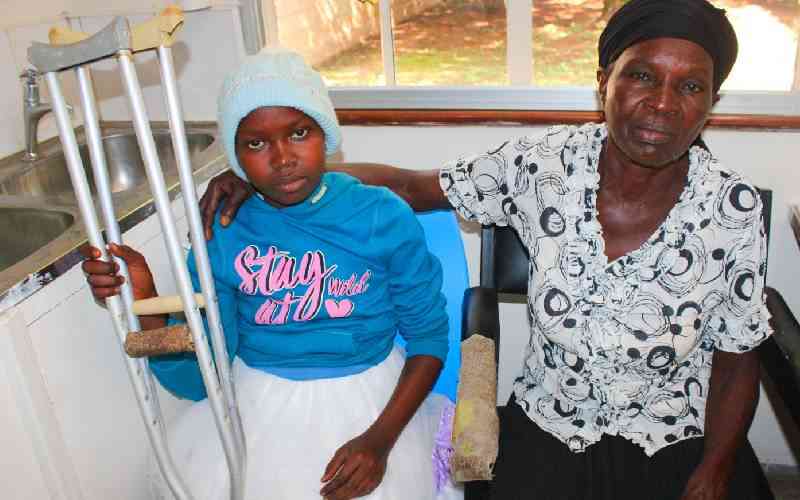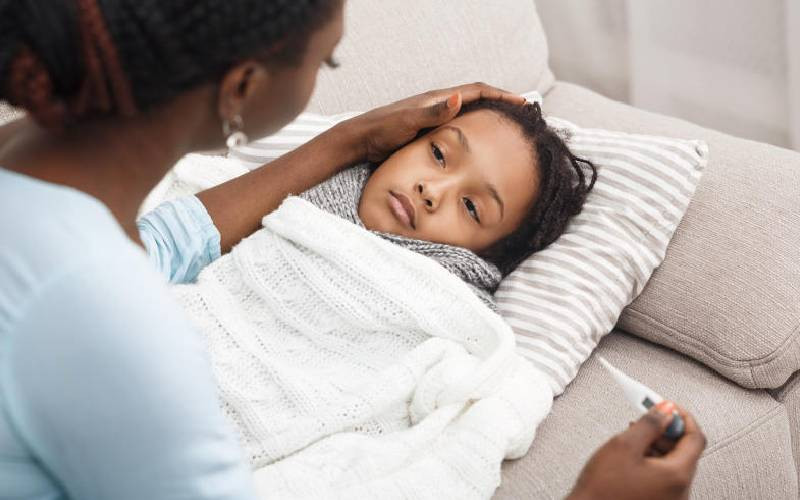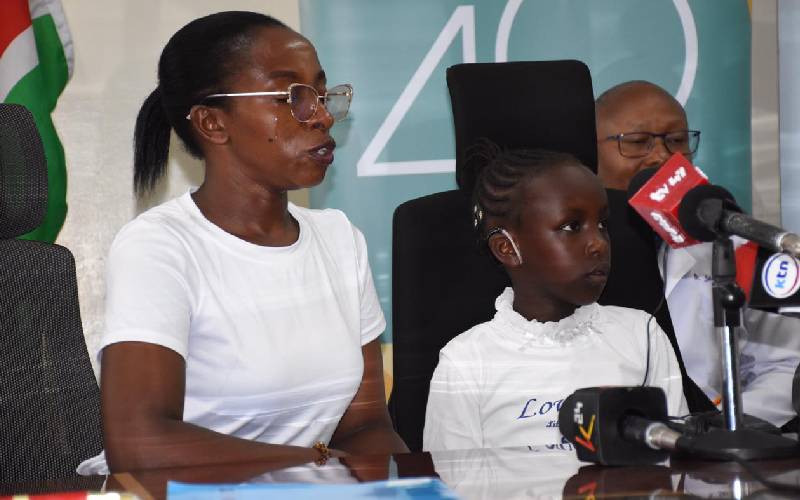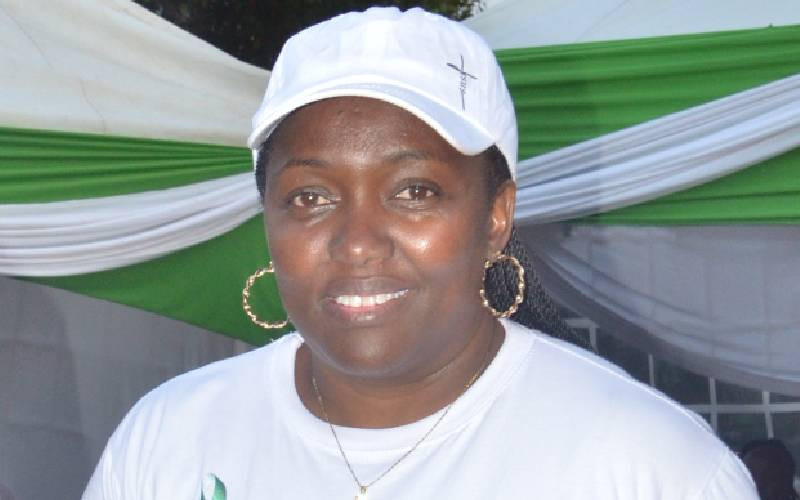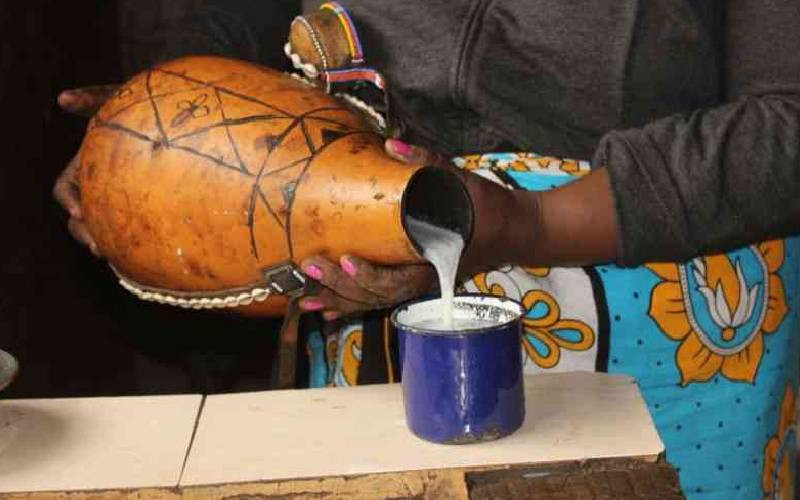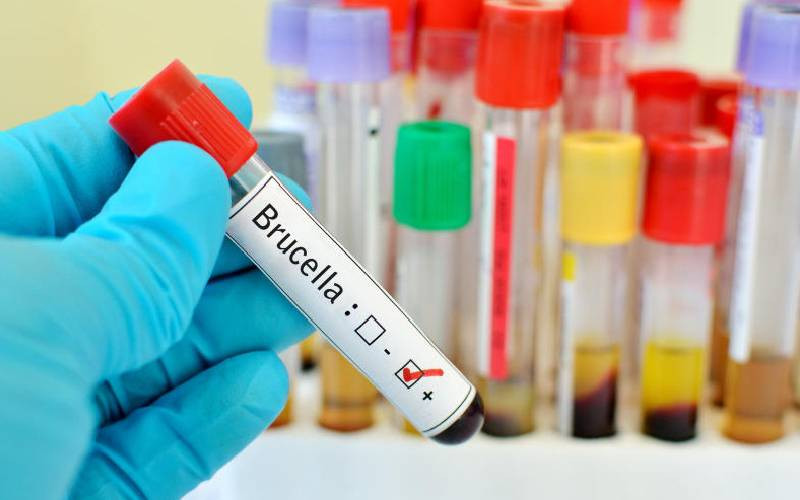
For any expectant mother, every sunrise brings with it a realisation of bringing forth a new life that many prefer to refer to as a bundle of joy.
While most women know that giving birth can be a dance of life and death, it remains a risk worth the endeavour.
That giving birth in Kenya is a dangerous undertaking has been a reality that has now been confirmed as a reality.
Despite global efforts to improve maternal health, Kenya has ranked poorly in the latest global ranking by the United States Agency for International Development (USAID).
The country ranks among the top five African countries with the highest rates of maternal mortality, a statistic that casts a long shadow over the country's health policies.
According to the report, Kenya's maternal mortality ratio stands at 594 deaths per 100,000 live births, placing it fourth highest among the countries surveyed.
This figure is far from the United Nations Sustainable Development Goal (SDG) target, which aims to reduce the global average to less than 70 deaths per 100,000 live births by 2030.
- Africa urged to invest in data to curb maternal deaths
- Deadlier than crashes: How bleeding crisis is haunting delivery rooms
- Mothers at risk as bleeding detectors run out
- One nurse for 25 babies: Newborn deaths uncover nurse shortage
Keep Reading
Under the SDG targets, each country has its national targets for 2030 depending on whether the mortality ratio is above or below 420.
If ranked below 420, its target is to reduce the MMR by at least two-thirds by 2030; if above or equal to 420, its target is to achieve an MMR of 140 or less by 2030.
"Since 2000, remarkable progress has been made on maternal mortality, with a 42 per cent reduction in USAID's 25 priority countries. While Kenya made significant progress in reducing maternal mortality, it still falls short of the World Health Organisation (WHO) target," part of the report states.
According to the report, the challenge is particularly acute in 15 of Kenya's 47 counties, which account for a staggering 98.7 per cent of all maternal deaths in the country.
These high-burden regions face a complex web of challenges, including poverty, insecurity, inadequate infrastructure, and historical marginalisation.
The Ministry of Health estimates that approximately 6,300 women die each year during pregnancy and childbirth in Kenya, a tragic toll that underscores the urgent need for improved healthcare services.
One critical aspect of maternal care that often flies under the radar, is the availability of anaesthesia services.
Mary Mungai, a nurse anaesthetist at The Kijabe Mission Hospital and patron of the Association of Registered Nurse Anaesthetists-Kenya (ARNA-K), captures this overlooked issue.
"Women die because the institutions they are in are not very fast in taking care of blood loss and haemorrhage during birth," Mungai says. "If mothers can access anaesthesia, we will save a lot of mothers giving birth," she adds.
The shortage of anaesthesia providers is particularly acute in rural areas, where healthcare infrastructure is underdeveloped.
A 2017 workforce survey conducted by the World Federation of Societies of Anaesthesiologists revealed a critical shortage in Kenya, with fewer than 200 registered nurse anaesthetists at the time.
When considering all three cadres of anaesthesia providers, the ratio stood at approximately 1.7 providers per 100,000 people - which is far below the global recommendation of 5 physician anaesthesiologists per 100,000 population.
ARNA-K is advocating for standardised entry requirements and quality education for nurse anaesthetists to address this shortfall.
"We are doing 90 per cent of nurse anaesthesia, but there's a lot of work that needs to be done," she notes.
The association aims to conduct comprehensive research to inform their efforts and explore ways to enhance nurse anaesthesia education across the continent.
While medical challenges persist, cultural beliefs also play a role in hindering maternal health improvements. Some women still prefer giving birth at home, viewing it as a demonstration of strength.
However, attitudes are slowly shifting. Mungai observes, "As time goes on, we have seen a lot of hospital deliveries, and most people have also abandoned traditional beliefs."
Nevertheless, she cautions that there is still significant work to be done in educating communities about the benefits of modern medical interventions.
The report also brings encouraging news on the child mortality front. Since 2000, child mortality in USAID's priority countries has decreased by an impressive 55 per cent. This improvement is largely attributed to the prevention of common causes of death among newborns and young children.
Significant changes in the primary causes of child mortality between 2000 and 2022 highlight the progress made as lower pneumonia deaths drop from 1,123,808 (16 per cent of total) to 477,521 (14 per cent).
Diarrhoea fatalities decreased from 897,081 (13 per cent) to 306,566 (9 per cent) while measles plummeted from 510,482 (7 per cent) to 67,182 (2 per cent).
These figures underscore success in combating infectious diseases, traditionally the leading killers of young children in developing countries.
However, the report also reveals emerging challenges as prematurity deaths rose proportionally from 14 per cent to 18 per cent of total child mortality.
Birth asphyxia/trauma spiked from 11 per cent to 13 per cent of total deaths.
 The Standard Group Plc is a multi-media organization with investments in media
platforms spanning newspaper print
operations, television, radio broadcasting, digital and online services. The
Standard Group is recognized as a
leading multi-media house in Kenya with a key influence in matters of national
and international interest.
The Standard Group Plc is a multi-media organization with investments in media
platforms spanning newspaper print
operations, television, radio broadcasting, digital and online services. The
Standard Group is recognized as a
leading multi-media house in Kenya with a key influence in matters of national
and international interest.

